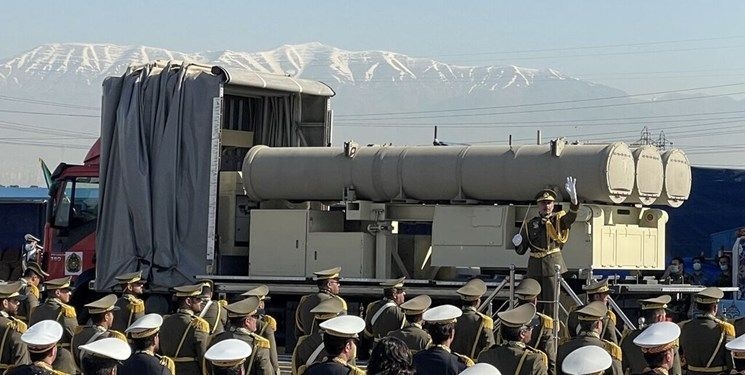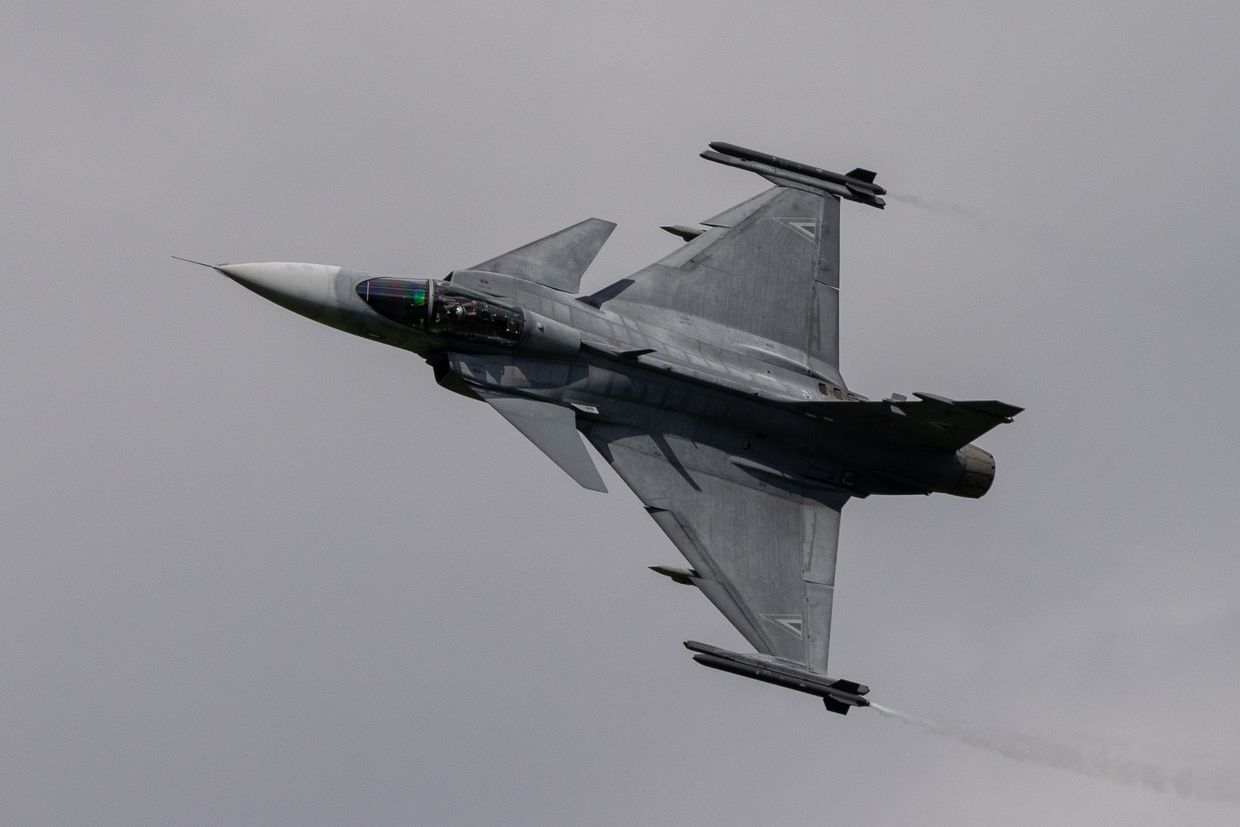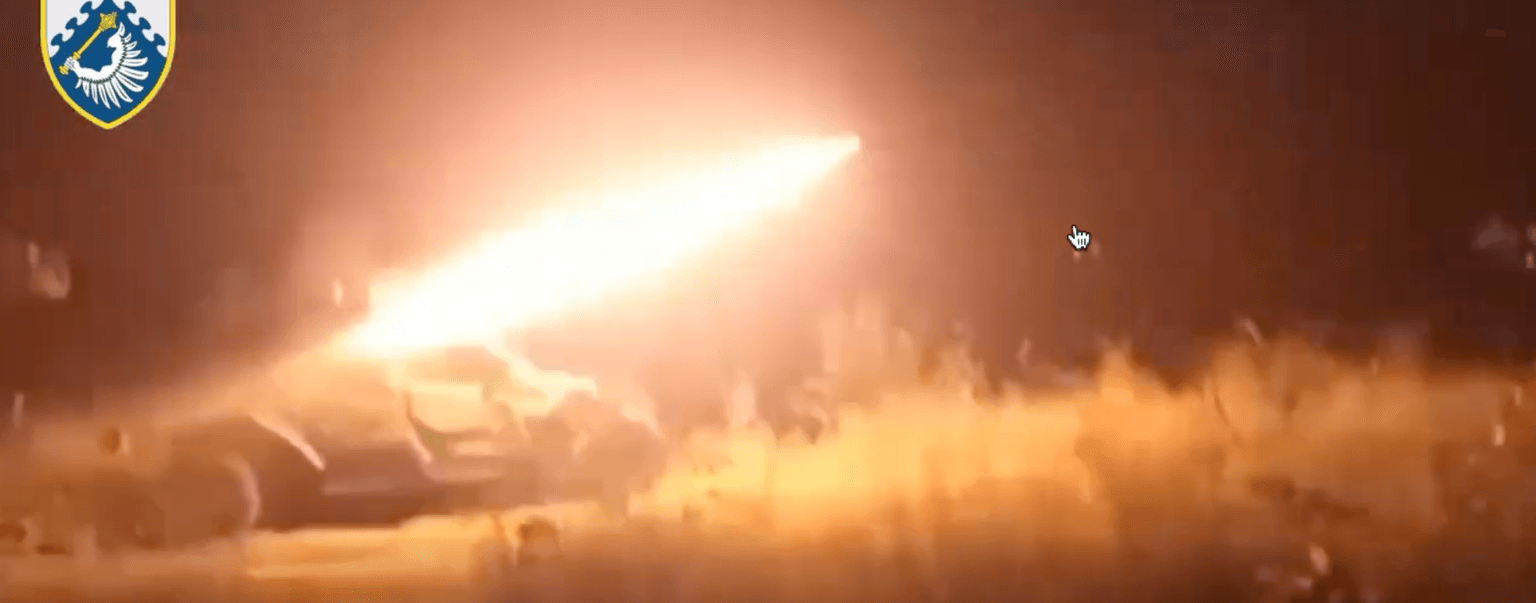Russia now has Iran's Fath-360 ballistic missile — here's what it means for Ukraine

After months of contradictory reports, the U.S. on Sept. 10 confirmed that Iran had delivered ballistic missiles to Russia in what could prove a dramatic development for Ukraine.
"We've warned Tehran publicly, we've warned Tehran privately, that taking this step would be a dangerous escalation," U.S. Secretary of State Antony Blinken said during a press conference in the U.K.
"Russia has now received shipments of these missiles."
Military cooperation between Moscow and Tehran has deepened since the launch of the full-scale invasion of Ukraine, with Iran already having sent extensive supplies of Shahed kamikaze drones, which are regularly used to target Ukrainian cities and infrastructure.
To date, no Iranian ballistic missiles are known to have been fired at Ukraine by Russia, President Volodymyr Zelensky said on Sept. 11 at the Crimean Platform in Kyiv, attended by a Kyiv Independent reporter.
But with larger warheads and being far more difficult to intercept, they pose a much greater threat than Shaheds.
In a statement on Sept. 7, Ukraine's Foreign Ministry said the move "will have devastating consequences for Ukrainian-Iranian bilateral relations."
How certain are we that Russia now has Iranian ballistic missiles?
Reports of Iran supplying ballistic missiles to Russia have been circulating for a while, stretching as far back as October 2022, and they haven't always agreed on some important points.
Some reports mentioned the deliveries had already happened, others that shipments were being prepared, and the exact type of missile has also varied.
"I would say we can be quite certain now because when you have the U.S. government going out on a limb to say these things, it's usually a sign that they have very solid intelligence," Fabian Hinz, a research fellow for defense and military analysis at the International Institute for Strategic Studies, told the Kyiv Independent.
Washington's confirmation also came a day after EU spokesperson Peter Stano said that Brussels has "credible" information that the shipments took place.
What type of ballistic missiles has Iran supplied?
Over the preceding months, reports mentioned four different types of missile that Iran could supply to Russia – two types of close-range missiles, the Ababil and the Fath-360, and two short-range types, the Fateh-110 and Zolfaghar.
Blinken confirmed it was the Fath-360 that Iran had delivered to Russia.
The Fath-360 is a close-range ballistic missile with a 150-kilogram warhead.

As with all ballistic missiles, they are rocket-powered and are launched high into the atmosphere before arcing back down onto their target.
They're only guided during the initial stages of launch, so they can be less accurate than cruise missiles, but have the advantage of reaching incredibly high speeds – sometimes more than 3,200 kilometers per hour – as they approach their targets.
How will Russia use them?
The range of the Fath-360 – 75 miles (120 kilometers) – reveals Russia’s likely plans for these weapons.
Since it’s a tactical system, Moscow will likely use it to strike critical assets in the Ukrainian rear areas, according to Hinz.
"For example, if they've identified a logistics base, or a depot, air assets, or an air defense system within 120 kilometers from the front line, and you want to strike immediately, then these types of systems are very useful,” Hinz said.
"They have a very short reaction time. If you have the launcher in place and you see a high-value asset pop up on a reconnaissance feed, then you can react very, very quickly, much quicker than UAVs (unmanned aerial vehicles)."
According to Hinz, obtaining Fath-360 means Russia is now free to save its own more expensive and further reaching missiles such as the Iskander, for longer-range strikes into Ukraine.
But it's not only Ukrainian military targets that are in range of the Fath-360 – cities such as Kharkiv and Sumy, both located just 30 kilometers from the Russian border, are also in their crosshairs.
What can Ukraine do to counter them?
More ballistic missiles in the hands of Russian forces presents a sizable problem for Ukraine.
Due to their high speed, only the most advanced air defense systems are capable of shooting them down, the U.S.-made Patriot system being one of them.
Protecting Ukrainian cities from short-range ballistic missile strikes means only a relatively small area needs to be covered, but an increase in such attacks along the 1,200 front line will stretch already strained air defenses.

Ukraine currently has at least four Patriots, while President Volodymyr Zelensky said it needs 25 to protect the skies over the entire country.
This is a very expensive challenge – one Patriot interceptor missile can cost from $2 million to $4 million, according to reports, roughly the same price as some of the Russian ballistic missiles they shoot down.
Why has Iran supplied the weapons and why did it take so long?
Iran will pay a heavy cost for the move, with the U.S., U.K., France, and Germany already announcing further sanctions in a joint statement on Sept. 10.
The three countries said that they have "privately and publicly been clear that we would take new and significant measures against Iran if the transfers took place."
According to the joint statement, they will now "be taking immediate steps to cancel bilateral air services agreements with Iran," and work towards sanctioning Iran Air, the country's flag carrier.
"Entities and individuals involved with Iran's ballistic missile program and the transfer of ballistic missiles and other weapons to Russia" will also face sanctions.
"This act is an escalation by both Iran and Russia, and is a direct threat to European security," the joint statement said. According to Hinz, Iran's calculation was that sanctions are worth enduring in order to obtain two things it desperately needs – money, and military technology.
This act is an escalation by both Iran and Russia, and is a direct threat to European security.
"The Iranian regime is in dire financial straits, and they can get quite a bit of money," he said.

"And if you look at the leaked documents about the prices of (Shahed kamikaze), they were demanding very steep prices for those, so I would guess we're talking about quite a bit of money."
On the military technology side, Iran has long sought Su-35 fighter aircraft and S-400 air defense missile systems from Russia, though it is yet to receive any from Moscow.
"So there's a lot they can gain," Hinz said.












